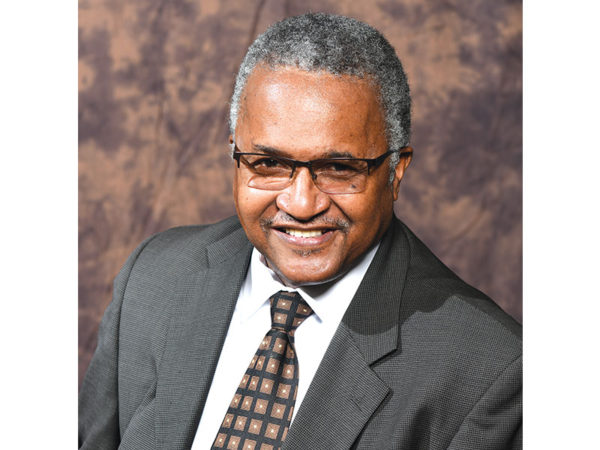Monday’s swearing-in ceremony for Mayor Oliver Friday Ellis and the City Council was meant to be a celebration of unity and progress. However, beneath the patriotic veneer and carefully orchestrated symbolism, the event inadvertently highlighted the deep divisions plaguing the city.
While the program featured a diverse array of African-American performers and speakers, it became apparent that this inclusivity was largely superficial. The makeup of Mayor Ellis’s inner circle, predominantly white with only a “sprinkling of color,” stands in stark contrast to Monroe’s population, which is 65% African-American.
The ceremony’s organization further emphasized racial divisions, with white judges swearing in white council members and black judges swearing in black members. This arrangement, whether intentional or not, sent a clear message about the persistence of racial lines in local governance.
Mayor Ellis’s oversight in recognizing only the white returning council members and the conspicuous absence of acknowledgment of former mayor Jamie Mayo, the city’s longest-serving mayor, were glaring omissions.
It was probably a mistake, but the mayor only welcomed the “two” white returning council members and praised “both” of them for their support. However, there were three returning council members; the black member, Juanita Woods, wasn’t with the Ellis program because she constantly begged and pleaded for South Monroe. She was generally ignored at the program.
These lapses in protocol suggest a disconnect between the administration and significant influentials in our community.
Perhaps most telling was the reaction—or lack thereof—from the three African-American council members during the mayor’s recitation of accomplishments. Their stone-faced expressions and folded hands spoke volumes about the perceived neglect of issues critical to the Southside, including rising crime rates, inadequate recreational facilities, and ignored economic challenges.
The mayor’s pledge to work with new Southside councilmen rings hollow when juxtaposed with reports of his rush to push through favored programs before their installation, or even to meet with them about Southside issues. This discrepancy between words and actions undermines the ceremony’s message of unity and progress.
For Monroe to truly move forward, the Ellis administration must bridge the gap between symbolism and substance. The concerns of the Southside—from crime to economic development—cannot be ignored if the city hopes to achieve genuine unity and progress.
The pomp and circumstance of swearing-in ceremonies serve a purpose in democratic transitions. However, they must be backed by sincere efforts to address the needs of all citizens. As Monroe embarks on this new term, it’s crucial for Mayor Ellis and his team to translate the symbols of unity into meaningful action that benefits all parts of the city, especially those that have felt overlooked.
Only then can Monroe hope to move beyond superficial displays of togetherness toward a truly united and thriving community.


